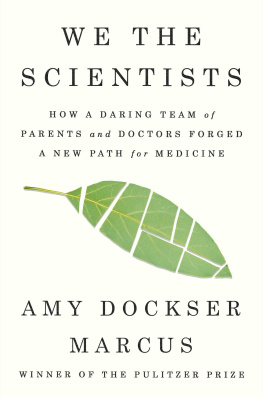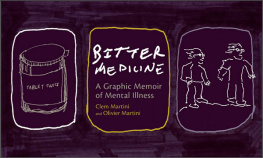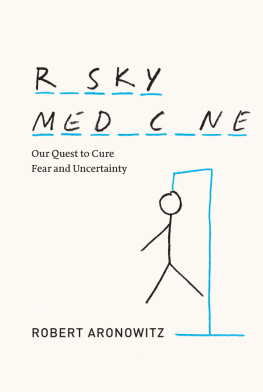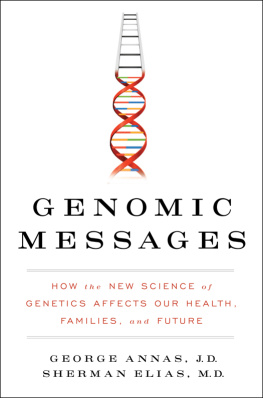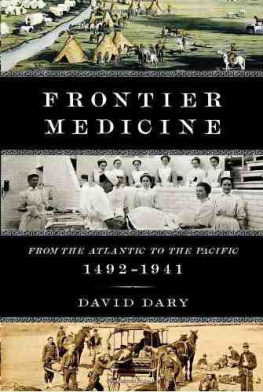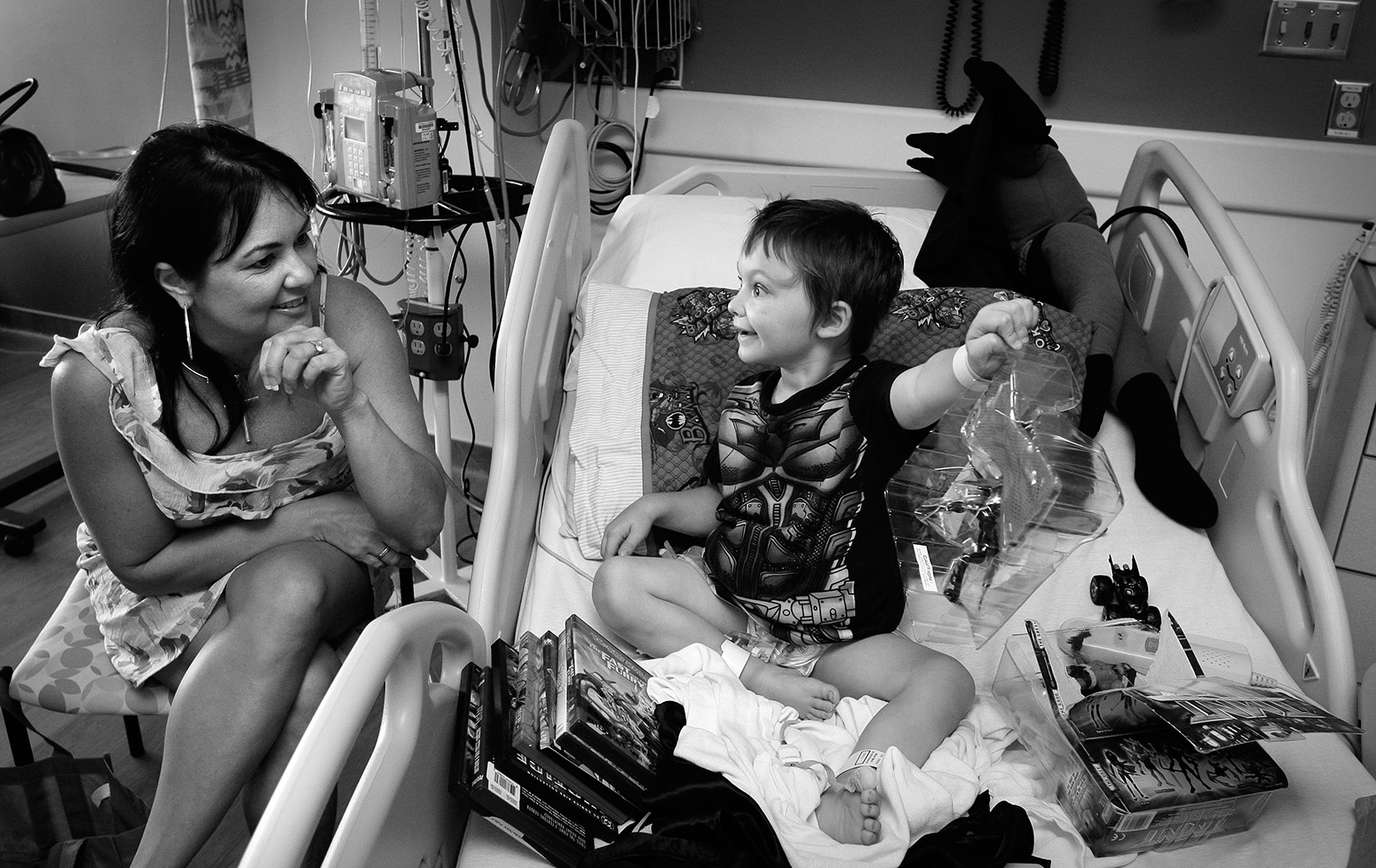Thank you for downloading this Simon & Schuster eBook.
Join our mailing list and get updates on new releases, deals, bonus content and other great books from Simon & Schuster.
Mary-Liz Shaw and Evan Johnson and Bob, Andrew, and Emily Nicol: For their sustaining love and faith through the years it took to complete this book
Nic Volker and his mother, Amylynne
Chapter 1
At the Threshold
SPRING 2009
I t may turn out that the roots of lovethe mystical force that makes a mother fight to save her sickly son, that drives a doctor to the limits of medicine to keep the boy alive, that stirs scientists to take the first, uncertain steps into a new age in the search for a cureit may be that this deep, instinctual caring can be traced to one of the smallest, most essential parts of us: the long, pale, winding thread of chemicals deep inside our cells. Our genetic script. Our personal code. Our DNA.
It was a century and a half ago that the Austrian monk Gregor Mendel famously experimented with pea plants, showing how they pass physical traits from one generation to the next. His research provided the first insight into why some of us are short or tall, brown-eyed or blue-eyed, hairy or bald. In the many decades since, scientists have pinned these traits to genes, distinct chunks of DNA that together tell the story of all we carry with us into our brief life on earth: the risks we face, the quirks we display, the diseases we may be destined to endure.
To what extent were the sum of our genes, we cannot say. Scientists are still in the early stages of exploring the genome. But with each passing year, they move ever closer to the fundamental mysteries behind the genes we inherit and how they interact with our environment and upbringing to shape us as human beings.
James Watson and Francis Crick, who discovered DNAs double helix, did not foresee such grand inquiries into the origins of our traits and diseases when they began their quest to find the secret of life. For them, the secret, as Crick called it, was simply the structure of DNA, the chemical form in which all of Mendels traits were spelled out and stored within our cells. When they discovered the double helix in 1953, it was the answer to a chemistry puzzle. They never considered that it might one day be possible to read the code.
We didnt think ahead to that, Watson recalled one afternoon in the fall of 2011, sitting behind his desk at Cold Spring Harbor Laboratory. Neither of us speculated that it would be nice if we could sequence DNA. We werent chemists. We never had any feeling as to when it would occur.
Yet their work established a foundation upon which others built. In 1977, British and American scientists devised the first techniques for reading the genetic code. And at the turn of this century, a massive effort involving hundreds of researchers using hundreds of complex machines succeeded in unveiling the entire sequence of our DNA, the human genome. The ability to read our genome has led humans to a place that Mendel, Watson, and Crick could scarcely have imagined, a place that forces us to confront profound questions of fate and chance. Gains in computing speed and capacity are bringing the cost down so rapidly that it is inevitable that our descendants will have their DNA sequenced at birth.
After decades of debate, the ethical issues and fears surrounding these changes are crossing from hypothetical to real. And at the forefront is a new form of medicineone that seeks to make sense of human complexity, to sift through thousands of harmless differences in the genetic script, to find the errors and defects that threaten our survival, and to use this new knowledge to treat patients in need.
Pioneers of this nascent medicinea remarkable team of doctors and scientists and a family with a very sick childcame together in Wisconsin in the summer of 2009. Their story has reverberated around the globe, and it wont be long before most of us find that, to one degree or another, our lives are shaped by what our doctors find in that genetic script.
So where does the script begin?
Imagine a tiny camera, smaller and more powerful than any now in existence, small enough to pass through skin, deep into the human body, into the blood. The camera slips inside one of the bodys basic units, a single white blood cell. Then it penetrates the cells dark nucleus. There lie the twenty-three matched pairs of chromosomes that contain our essence, the DNA that makes us who we are and determines our risks for cancer, heart disease, and many other illnesses that can change the course of our lives.
Risks force us to confront our limited time on earth, to make the decisions that come to define us. Should we finally visit the Sistine Chapel or the Great Pyramid at Giza? Is it time to change careers? Should we renounce hamburgers, exercise more, and take cholesterol-lowering drugs, all for a better chance at a longer life?
Until very recently the risks inscribed in our genes were inaccessible to us. Today, with companies such as 23andMe allowing us to glimpse a snapshot of the script, we are entering an age in which our genes may come to possess an almost Delphic power over us.
Our imaginary camera moves onward, deeper into the blood cell, into the nucleus, into a chromosome. The chromosome consists of hundreds of genes, each one a basic unit of heredity, a set of instructions for brown eyes, red hair, or male-pattern baldness. The camera passes into one of these genes and travels along the two coiled strands of DNA. The strands form the double helix, a structure resembling two side-by-side, winding tape measures that pass through all of the chromosomes. Linking the two strands are 3.2 billion rungs, like steps on a ladder.
At each rung sit two chemical bases. There are only four possibilities for the bases: cytosine, guanine, adenine, or thymine, commonly reduced to the shorthand C, G, A, or T.
The camera stops, focusing on one of the two letters on a single rung, the tiniest portion of one gene. A point among 3.2 billion points inside the nucleus of a blood cell. A place so small that it must be magnified seven million times using a powerful electron microscope in order to be seen.
It could be anyones blood cell. But it isnt.
This lonely milepost rests inside the body of a four-year-old boy who loves Batman and squirt-gun fights and bouncing on his hospital bed. He loves steak, but he seldom gets to eat it. Most of the time, the boys food comes in liquid form, seeping into his bloodstream through an intravenous line. Doctors have been forced to take desperate measures to save the boy. Holes, tiny pencil pricks, have been forming inside the childs intestines whenever he eats real food, a life-threatening condition.
No one knows the reason for the havoc inside the childs intestine. It is a mystery doctors have been struggling to solve for two years and counting, but to no avail. Without an answer they can barely keep up with his symptoms. How can they fight a disease they cannot explain?
They have no camera to scan the double helix.
They do not know what secrets it holds.


